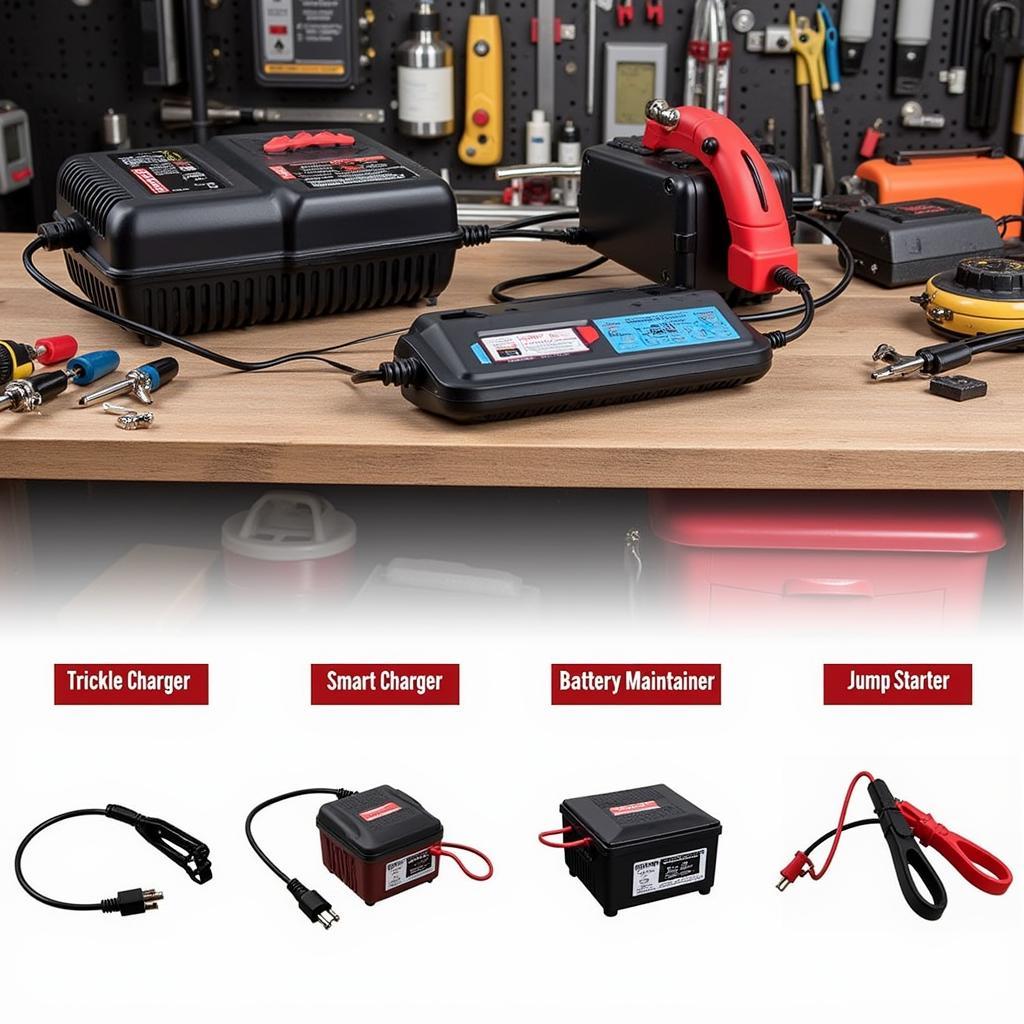The brake pad warning light on your Ford Transit is a crucial indicator that your brake pads need to be inspected and potentially replaced. This light is often triggered by a worn-out brake pad, but sometimes it can be a result of a faulty sensor or even a blown fuse. This guide will walk you through the steps to identify the problem and troubleshoot the brake pad warning light, including how to check the fuse.
Understanding the Brake Pad Warning Light
The brake pad warning light on your Ford Transit is designed to alert you when your brake pads are nearing the end of their lifespan. It’s typically triggered by a sensor that monitors the thickness of the brake pads. When the pads wear down to a certain level, the sensor will activate the warning light on your dashboard.
Why Is the Brake Pad Warning Light On?
Here are the common reasons why your Ford Transit’s brake pad warning light might be on:
-
Worn brake pads: This is the most likely reason for the warning light to illuminate. Over time, the brake pads wear down due to friction generated during braking. When the pads become too thin, the sensor triggers the warning light.
-
Faulty brake pad sensor: While less common, the sensor itself can malfunction. A faulty sensor might trigger the warning light even if the brake pads are still in good condition.
-
Blown fuse: In rare cases, a blown fuse in the brake pad warning light circuit can cause the light to remain on, even if the brake pads are fine.
Checking the Fuse
If you suspect a blown fuse, you’ll need to locate the fuse box and check the fuse responsible for the brake pad warning light circuit.
How to Find the Fuse Box:
-
Locate the fuse box: Your Ford Transit’s fuse box is usually found in the engine compartment, under the dashboard, or in the passenger compartment. Consult your owner’s manual for the exact location.
-
Find the fuse diagram: The fuse box cover should have a diagram showing the fuse locations and their corresponding circuits.
-
Identify the brake pad warning light fuse: The fuse responsible for the brake pad warning light is usually labeled with a symbol or a description like “Brake Warning,” “ABS,” or “Brake Pad Wear.”
-
Inspect the fuse: Carefully remove the fuse and visually inspect it. Look for any signs of damage, melting, or breakage. If you see any damage, the fuse is blown and needs to be replaced.
Replacing a Blown Fuse
Fuse Replacement Steps:
-
Turn off the ignition and disconnect the battery: Disconnect the battery terminal before working on the fuse box to prevent accidental electrical shocks.
-
Remove the blown fuse: Use a fuse puller or pliers to carefully remove the blown fuse.
-
Install a new fuse: Replace the blown fuse with a new fuse of the same amperage rating.
-
Reconnect the battery: Reconnect the battery terminal and turn the ignition back on.
-
Check the warning light: After reconnecting the battery, check the warning light on the dashboard. It should now be off if the fuse was the problem.
Expert Insight from [Insert Expert’s Name Here]
“[Insert Expert’s Name Here] is a certified Ford technician and a well-respected expert in automotive diagnostics and repair. He has over [Insert number] years of experience in the industry and offers this advice:**
- “If you’re experiencing a brake pad warning light, don’t ignore it! It’s important to address this issue promptly for your safety and the well-being of others on the road.”
- “Checking the fuse is a simple and quick way to troubleshoot the problem. If the fuse is intact, it’s highly probable that your brake pads are worn or the sensor is faulty.”
- “Always consult your owner’s manual for specific information on your Ford Transit model and follow safety precautions when working with electrical systems.”
Conclusion
If replacing the fuse doesn’t resolve the problem, it’s crucial to have your vehicle inspected by a qualified mechanic. They can accurately diagnose the root cause of the brake pad warning light and recommend the appropriate solution, whether it’s replacing the brake pads, fixing a faulty sensor, or addressing a more complex electrical issue.
Frequently Asked Questions (FAQs)
Q: How do I know if my brake pads are worn?
A: Besides the warning light, you might notice a squeaking or grinding noise when braking. You can also visually inspect the brake pads by removing the wheels, but this is best left to a professional.
Q: Can I drive with a blown fuse in the brake pad warning light circuit?
A: It’s not recommended to drive with a blown fuse in the brake pad warning light circuit, as you won’t be alerted if your brake pads wear down significantly.
Q: What should I do if the brake pad warning light comes on while driving?
A: If the light comes on while driving, safely pull over to a safe location, and have your vehicle inspected by a qualified mechanic.
Q: How often should I replace my brake pads?
A: Brake pad replacement intervals vary depending on driving conditions, but typically, you should have them checked every 12 months or 12,000 miles.
Q: How much does it cost to replace brake pads?
A: The cost of replacing brake pads varies depending on the vehicle, the type of brake pads, and the labor costs in your area.

